According to the World Health Organization, cataracts are the leading cause of blindness in the world. By 2020, 30.1 million people are projected to be diagnosed with cataracts (a 32% increase since 2009). Here are some tips on how to to protect your eyes.
The Leading Causes of Vision Loss
The eyes age just like your skin and are at risk for chronic conditions, such as cataracts. In the U.S., more than half of all people 65 and older have a cataract. The rise in cases is due to the rapidly aging U.S. population.
What are Cataracts?
The lens inside of your eyes are naturally clear. They’re made of water and protein. If the proteins are arranged normally and precisely, they keep the lens clear and allow light to pass through it.
Over time, some of the protein may clump together which can cloud areas of the lens. The cloudy area is the cataract and can grow larger making it more difficult to see.
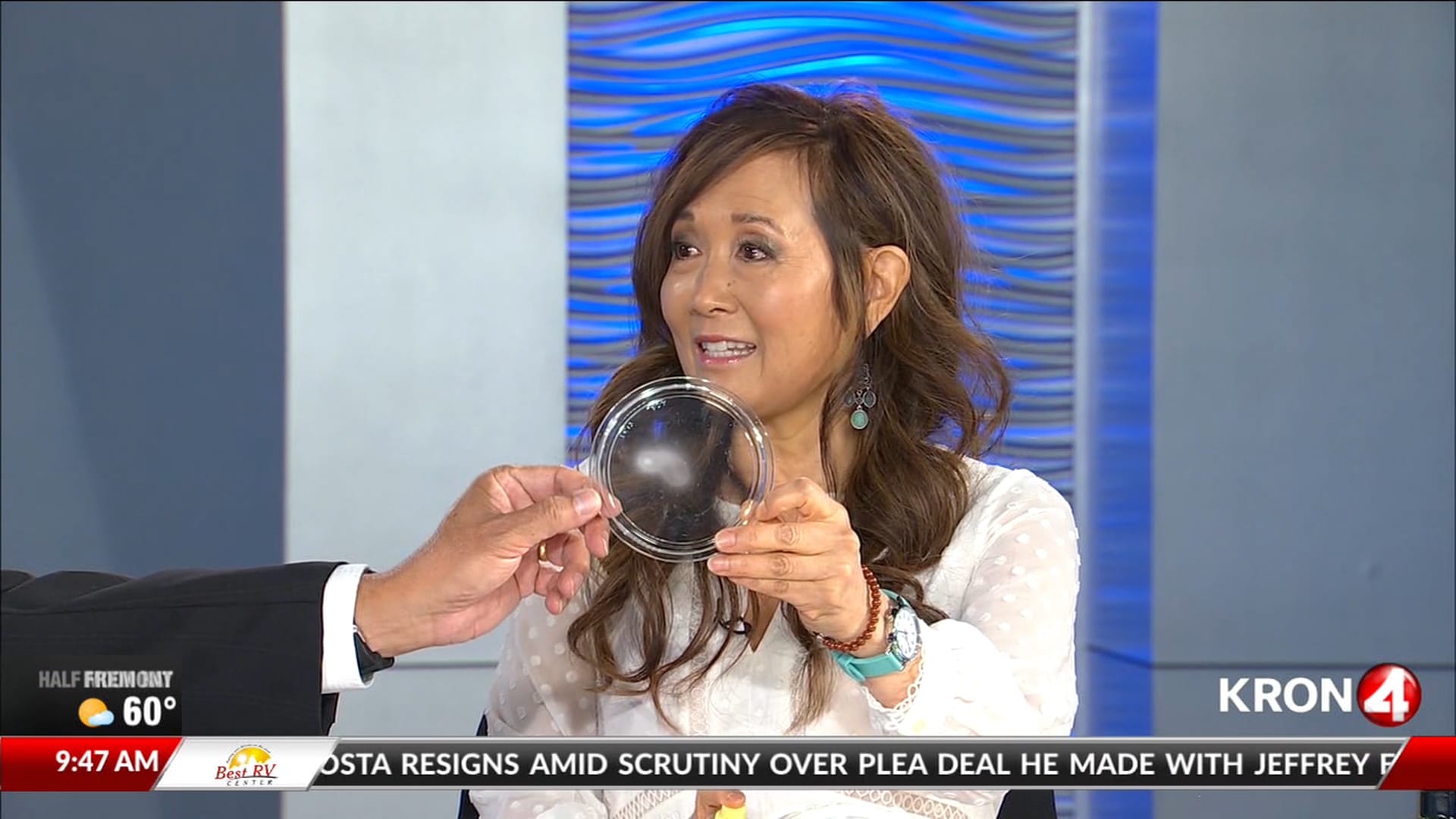
These opaque areas can cause cloudy or fuzzy vision and lights might give off a halo or glare. Colors appear faded. Blue might look green and yellow might appear white. Many people don’t even notice until the defect grows very large and everyday tasks become challenging.
Cataract Surgery
The surgeon removes the clouded lens and replaces it with an artificial lens.
Who is at Risk for Cataracts?
Most cataracts are due to aging and very common in older people. By age 80, more than half of Americans have a cataract in both eyes or have already had cataract surgery.
Cataract Risk Factors
- UV radiation from sunlight and other sources
- Diabetes
- High cholesterol
- Eye injury
- Hypertension
- Overweight
- Increasing age
- Smoking
- Significant alcohol consumption
- Medications: Prolonged use of corticosteroids; use of statins, hormone replacement therapy (HRT)
- Previous eye injury, inflammation or eye surgery
- Close relative with cataracts
- Female gender
- Nearsightedness
- High dose of radiation to the head
Plant Pigments (Colors) that Protect
Studies show that lutein (LOO-teen) and zeaxanthin (zee-uh-ZAN-thin) can lower your risk of cataracts. Lutein and zeaxanthin are xanthophylls (ZAN-thuh-fils) that belong to the carotenoid family of organic pigments. Xanthophylls are found naturally in plants and give fruits and vegetables their pretty colors.
- Lowered the need for cataract surgery by up to 20%
- Lutein and zeaxanthin are red, orange, and yellow pigments (antioxidants) found in plants (both the flesh as well as in the leaves).
These eye-friendly pigments collect in the retina and the lens of the eye and help filter out the damaging effects of the sun — they’re kind of like internal sunglasses.
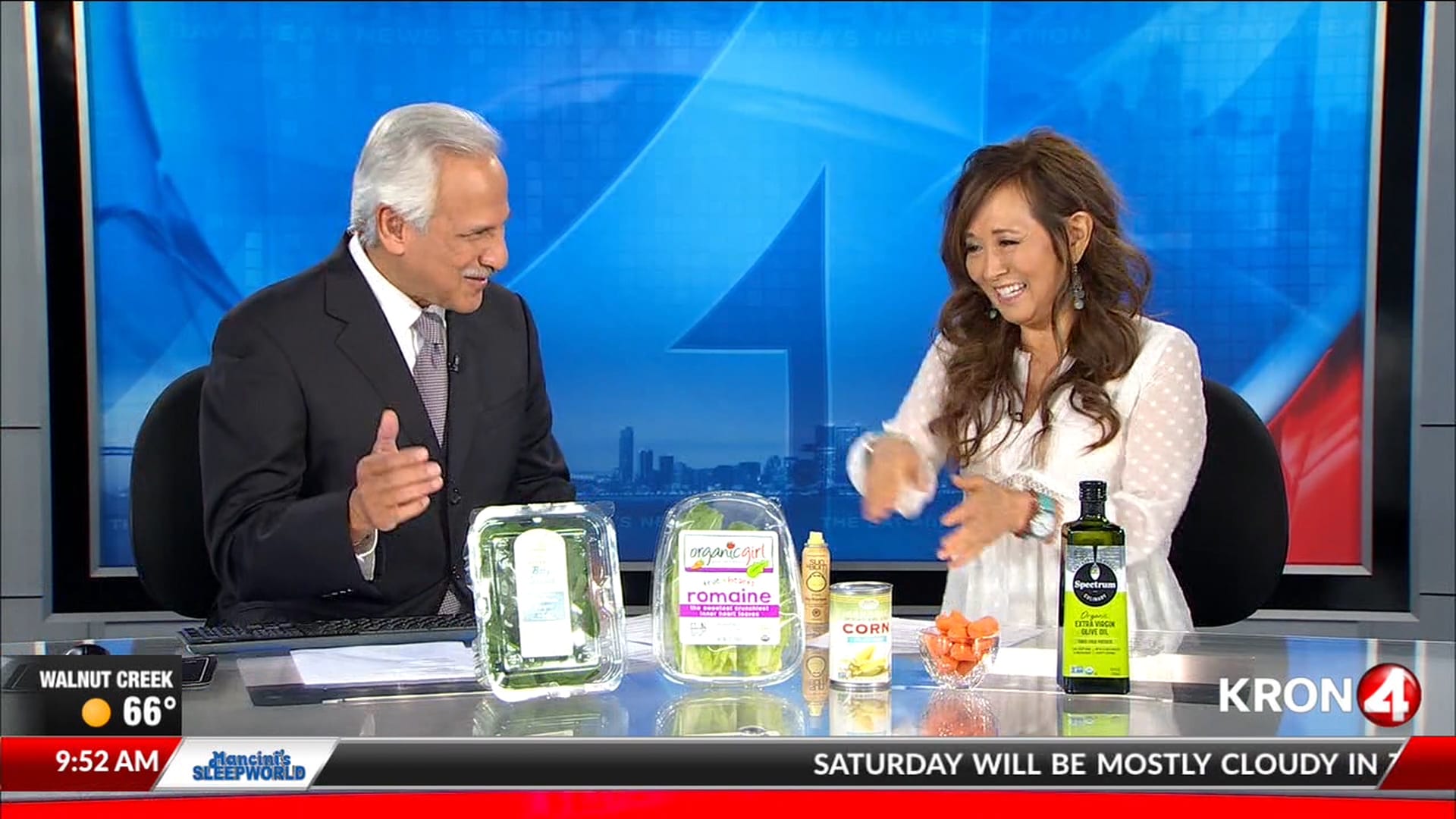
The Cataract Diet
Lutein and zeaxanthin are highest in dark green leafy vegetables.
NOTE: Green leafy vegetables contain large amounts of the red/orange/yellow pigments, but they also contain an intense green pigment (chlorophyll) which masks the red-orange-yellow colors.
- Dark, green leafy vegetables — e.g., kale, spinach, turnip greens, collard greens (outstanding sources), Romaine lettuce
- Yellow/deep orange foods – e.g., corn, oranges, papaya
- Other foods — e.g., broccoli, Brussels sprouts, garden peas, beans
Perfect Pairings: Fats help increase the absorption of lutein and zeaxanthin, so eating them with some olive oil in a green salad or with avocado is a good idea. A vegetable platter with a spinach dip or guacamole is a great way to pair a variety of lutein and zeaxanthin-rich foods, such as broccoli, carrots, squashes, and red, yellow and orange bell peppers.
Sources of Lutein and Zeaxanthin
Click here for a printable chart of foods and their lutein and zeaxathin concentrations from the American Macular Degeneration Foundation.
- Kale, 1 cup raw = 22.2 mg
- Kale, 1/2 cup cooked = 16.9 mg
- Turnip greens, 1/2 cup cooked = 9.1 mg
- Collard greens, 1/2 cup cooked = 8.7 mg
- Spinach, 1/2 cup cooked = 7.5 mg
- Spinach, 1 cup raw = 6.7 mg
- Peas, 1/2 cup green, canned = 1.2 mg
- Broccoli, 1/2 cup cooked = 1.7 mg
- Romaine lettuce, 1 cup raw = 1.5 mg
- Brussels sprouts, 1/2 cup cooked = 1.0 mg
- Corn, sweet yellow, 1 cup = 0.73 mg
- Beans, snap green, 1/2 cup cooked = 0.39 mg
- Orange, 1 medium = 0.25 mg
- Papaya, 1 medium = 0.23 mg
- Mandarin orange, 1 medium = 0.20 mg
- Vegetable juice cocktail, canned = 0.15 mg
- Peach, 1 medium fresh = 0.05 mg
- Tomatoes, 1/2 cup canned = 0.05 mg
- Carrots, 1 medium raw = 0.04 mg
- Cantaloupe, 1 wedge = 0.03 mg
Are Carrots Good for Cataracts?
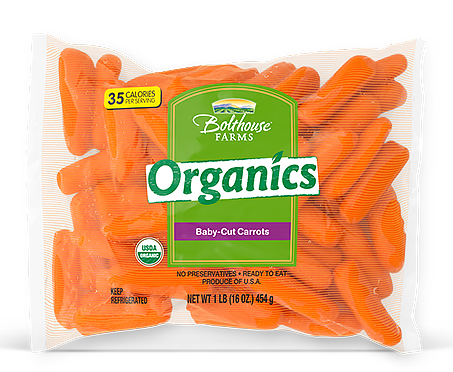 Carrots contain a small amount of lutein and zeaxanthin compared to leafy greens, but contribute to healthy vision in general.
Carrots contain a small amount of lutein and zeaxanthin compared to leafy greens, but contribute to healthy vision in general.
- A serving of raw spinach contains over 210 times more lutein and zeaxanthin than a carrot.
- A serving of raw kale contains over 619 times more lutein and zeaxanthin than a serving of carrots.
Carrots are rich in beta carotene. Your body converts beta carotene to a form of vitamin A (called “retinal”) which is a key molecule involved in maintaining normal vision.
![]() Karen’s Fit Tip: Caring for your eyes includes paying special attention to what you eat. Eat at least 5 to 9 servings of colorful fruits and vegetables daily to consume adequate amounts of lutein, zeaxanthin, and other healthful nutrients.
Karen’s Fit Tip: Caring for your eyes includes paying special attention to what you eat. Eat at least 5 to 9 servings of colorful fruits and vegetables daily to consume adequate amounts of lutein, zeaxanthin, and other healthful nutrients.
Recommended level for eye health: 10 mg per day of lutein and 2 mg/day of zeaxanthin. (There is currently no RDA or RDI for either.)

xo
Sources:
Fruits and vegetables that are sources for lutein and zeaxanthin: the macular pigment in human eyes. , et al. Fruits and vegetables that are sources for lutein and zeaxanthin: the macular pigment in human eyes.
Lutein and zeaxanthin and their potential roles in disease prevention. Antioxidants Research Laboratory, Jean Mayer USDA Human Nutrition Research Center on Aging, Tufts University, 711 Washington Street, Boston, MA 02111, USA.
The potential role of dietary xanthophylls in cataract and age-related macular degeneration. Jean Mayer USDA Human Nutrition Research Center on Aging, Tufts University, Boston, Massachusetts 02111, USA.
Associations between lutein, zeaxanthin, and age-related macular degeneration. Department of Human Nutritional Sciences, University of Manitoba, Winnipeg, Manitoba, Canada.

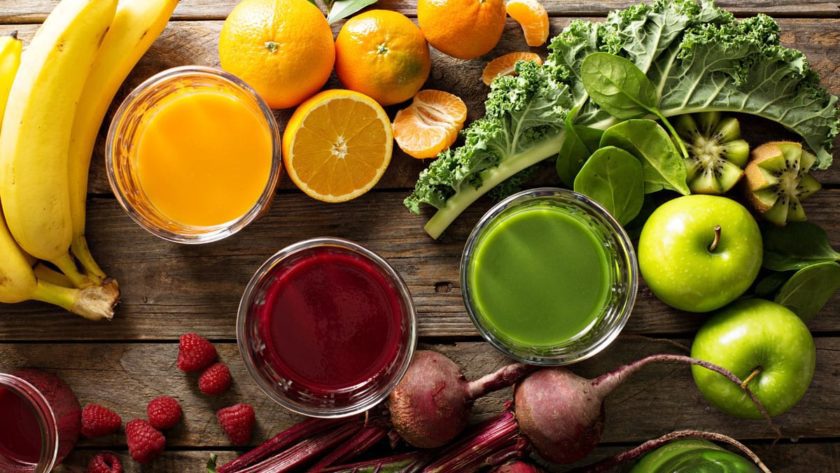
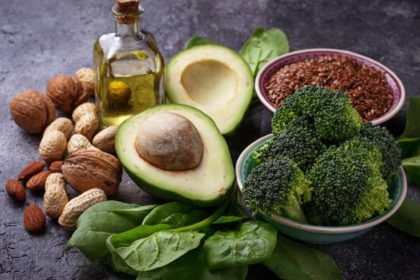

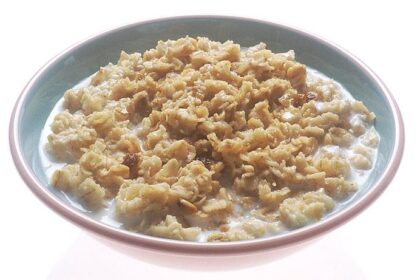

[…] *Spinach is high in lutein and zeaxanthin (antioxidants for healthy eyes) and is better absorbed when eaten with a healthy fat, such as olive oil or avocado. Spinach also contains non-heme iron (iron from plants not animals) which is better absorbed with vitamin C which makes this pesto freshened with lemon juice a perfect pairing. See KRON 4 | The Cataract Diet. […]